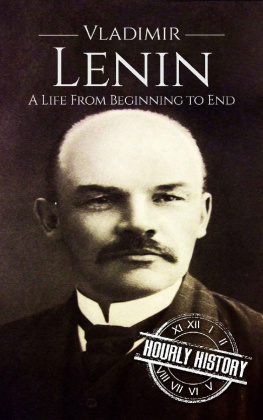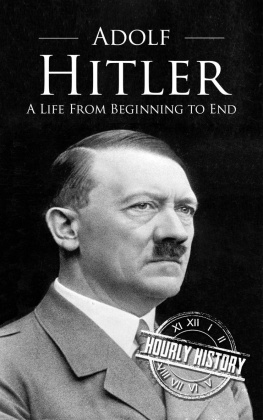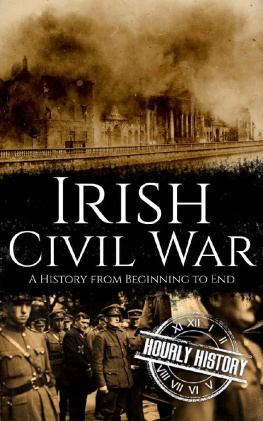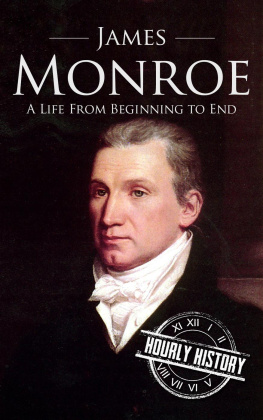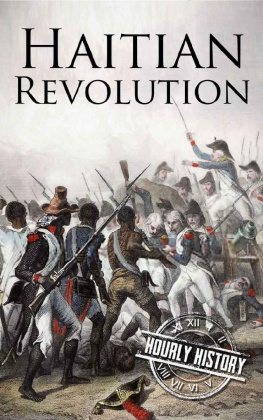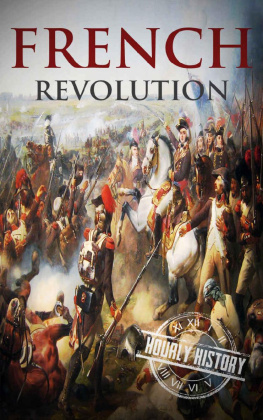Introduction
T he Maya civilization perceived a highly-structured cosmos, reflected in most aspects of their practices and societies. In todays world, humans live in so many different environments that have played a role in developing their cultures, sustenance and philosophies. We can stand in the middle of our street, our yard, a field, on top of a mountain, or inside a museum, close our eyes and try to imagine what that particular spot looked like throughout time. Who roamed these lands before us? Such thoughts can send us on a voyage of discovery. Depending on how close our ties are to where we live, we may shed a tear from nostalgia and from an appreciation of our ever-changing landscapes and lives. We may ask those who are more familiar with the history of that place and seek answers through research.
Our detective work may include looking at the nature of things. What was here before this very tree? Did the sky look the same through ancient Maya eyes as it might if we stood next to them in their sacred rainforests? Do the millions of Maya of various ethnic groupsthe inheritors of the Maya traditions and their pastnow stand in awe in the same places where their ancestors stood, despite the newest political borders in their beloved Mesoamerican homelands? If they practiced the same way of life in ancient times, even if the practices today of our own times are quite different, can we find any long lost awareness and understanding about how they grappled with common human fears, problems and questions?
As humans, we love to determine what has come before. Our natural curiosity drives us to grapple with the shape of the things we see in the environment, the structures, and the land, and to visualize the changes that often span generations. We wonder who else has been here. What animals hunted and what birds permeated the air with their cries as ancient humans went about their lives? How did they live? We want history to come alive just as much as we want to be able to establish our sense of the world.
The Maya people shared that curiosity. They imagined their world in such a way that helped them develop a way of thinking. It ensured good harvests, protection for the commoners, great victories for their kings, and soothed their gods. The ceiba tree grew deep in the Central American rainforest. It was sacred. The Maya considered it the first tree or the world tree. As the center of the Earth, even to this day, the ceiba tree is often left undisturbed out of respect. The tree held significant power over the Maya. It was referred to in the eighteenth century Chilam Balam, a chronicle that was written in the Yucatan that may have been originally transcribed from hieroglyphic texts into a Mayan language. The sacred tree was thought to bridge the gap between the earthly realm and the spirit realm. The Maya routinely represented the thorny trunks of the ceiba tree in their ceramic pots, used as burial urns or incense holders.
Continuing on these traditions recently, colorful spiked ceramic funeral urns known as MT Objects were designed by Mexico City-based designers in the spring of 2016, inspired by the Mayan beliefs surrounding the Ceiba tree. Advancing the Mayas practice of borrowing from nature isnt the only thing that has been noticed about the significance they placed on the world they inhabited. The ceiba tree is a national symbol of Guatemala and was declared the national tree of the country in 1955, in part because of its importance to the Maya. They are protected by Guatemalan law. One of the most famous ceiba trees is found in Palin, Escuintla, and it is more than 400 years old. Many towns are named after the tree throughout Central America, the Caribbean, and Mexico.
The Maya added sacred significance to the natural wonders of the environment. In the Popol Vuh, one of the worlds greatest creation accounts and the Maya early version of the human story that is considered deeply satisfying on an emotional level, the Maya held that everything had a sacred element to it. All material objects were constructed from elements of creation. Pop is the word for this interdependent fabric of life. According to Andres Xiloj, a trained ritual specialist, one of the introductory passages described that the gods measured out the surface of the earth as though it were a cornfield being laid out for cultivation. Karen Bassie-Sweet further described how the world looked to the Maya in Maya Sacred Geography and the Creator Deities. The deities created and destroyed the quadrilateral world several times. They would eventually destroy and recreate it again. Each year, the Maya validated their world model based on the corn cycle, since every year they destroyed wild spaces with cutting and burning and transformed them into corn fields. This interlocking view translated into the structures of communities that they built and their systems of governance and trade.
For 2,000 years, from 1100 BCE to 1500 CE, the Maya ruled their civilization in modern-day El Salvador, western Honduras, Guatemala, Belize and parts of southern Mexico. They established a bigger than life civilization in the rainforests, along the coasts, in the lowlands and highlands. Those who inherited their history continue to live in the same region, despite being conquered, absorbed over time and deprived of the historical accounts of their ancestors which were destroyed during the years of the Spanish Conquest. As Archaeology magazine editor Zach Zorich once noted, Among the Maya, the victors literally did write the history. Rulers were proud to commemorate their successful military campaigns, while the losers typically did not record their defeats.
Yet, even after reviewing all the works that focus on the Maya, what we know about the people and their culture is based on the emphasis on the mystery of their decline. While it is certainly a critical mystery that is up for debate, and one we will also consider given newer discoveries, this amplification of one portion of their timeline sometimes neglects what they have inspired and the awe-provoking, and sometimes terrifying, lives they led. In fact, some of their practices we would not connect with, while others seem to make sense rationally.
There is much to learn about the internal warfare between city-states within the Maya civilization that will shed light on the complex history of the Maya. While the Maya were thought to be peacefully separated into 40 independent city-states for years, continual research, archaeological finds and revisited theories in the last half-century have dismantled this hypothesis. Evidence of a much more brutal civilization has updated our impression of the Maya. This will be discussed in the following pages.
Over the course of generations, the ancient Maya did more than build massive pyramids (without the help of beasts of burden), construct complicated calendars and study the stars. In the early period, their shamans made informal decisions for their societies until the role of leadership transformed into the institutionalized rule of kings. They developed trade zones, a barter system of exchange, and a concept of beauty that many around the world find unique. While their spiritual and dynastic history is fascinating and well explored, their scientific discoveries are considered some of humankinds greatest achievements. They had the misfortune of meeting Christopher Columbus when he traveled to Honduras. Unintentionally, he became the gateway for introducing Europe to chocolate, despite how differently the Maya and Aztecs had prepared it themselves for their own ritualist and medicinal uses. They attracted the attention of famous American writer Edgar Allan Poe in 1841 and led American aviator Charles Lucky Lindy Lindbergh to pilot two reconnaissance flights in 1929.





